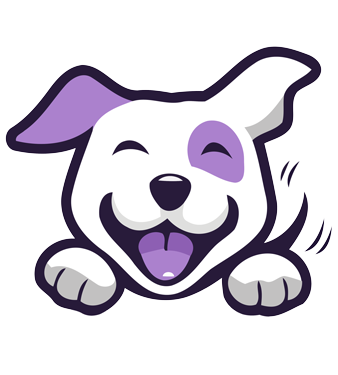news
Dog Training Tip. Breaking adult dog house training
Once your puppy reaches four months it is ready for some more basic obedience training. Before you begin training your dog there are some things that you as the owner/trainer must learn. First and foremost is figuring out what motivates your dog. If your dog likes food then you can use snacks to motivate it into giving its all during your training sessions. Maybe your dog likes playing games or playing with toys. It is also possible to use a combination of rewards to help keep your dog happy and looking forward to your training sessions. Never hold training sessions of more than ten to fifteen minutes and even this is too long for beginners. Twice daily training sessions of five to seven minutes are about the limit of what a puppy or a new trainer can benefit from. Begin teaching your puppy/dog in a quiet distraction free enclosed environment. As you and your dog learn and progress you can begin adding in distractions to your sessions and finally move your training sessions outside. But you must always make sure that your dog is in a fenced area before taking off its leash. Keep any food treats small, as you will want to be able to give lots of rewards. One idea is to have your training sessions right before mealtime. To avoid your pooch becoming bored always vary the types of rewards you give. If you have a dog that is motivated by games or toys then bring some fun toys like rubber balls, or squeaky toys and play with your dog for twenty seconds to half a minute as a reward. Avoiding playing with your dog longer than this or else you risk it losing interest in the training sessions and become distracted with playing instead. For these next obedience training sessions make sure that your dog has a collar and is on a leash. Although there are an innumerable amount of different collars and leashes it is only necessary to use a nylon collar and leash for these specific training exercises.
Sit: Standing with a treat in your hand call the dog as it approaches raise your hand with the treat in it over its head. Your dog will instinctively look up and as you move your hand up and over its head your dog will be forced to sit. As its bottom touches the ground say “Sit” and then reward it with the treat. Repeat this often enough while using the treat that your dog understands the correlation to the command “Sit” and it bottom being on the floor. Then begin giving the command but not necessarily the treat. Always lavish praise on your dog when it obeys your command but you also want it to learn to be obedient with or without a food reward. Eventually you want to be able to give the hand signal, say, “Sit” and have your dog respond without hesitation no matter what distractions there are.
Down: Once your dog has mastered “Sit” it is then ready to move onto “Down.” Begin with your dog in the “Sit” position and with one hand on your dog’s collar hold a treat in front of your dog’s face with the other hand. Slowly begin moving the hand with the treat downward to the floor. Your dog will naturally follow your hand down to the floor. As your dog’s chest touches the floor say “Down” and reward it. Repeat this process while slowly diminishing the amount of food rewards, until it can perform the command without any food incentive. Never diminishing the amount of praise that you lavish on your dog every time it does something that you are asking of it.
Come: “Come” is without question one of the handiest commands to have in your arsenal when out and about with your dog. Make sure that in the process of training your dog to “Come” that you don’t make the mistake of causing your dog to associate this command with unpleasantness. If your dog thinks that every time it hears the “Come” command and responds it is going to be punished there after or even just stuck on a leash and taken home from the park then it will obviously not want to be obedient to this command for long. Make sure that your dog is motivated to obey and associates its instant obedience to your commands with good things. To teach “Come” stand a few feet in front of your dog (while it is on a longer leash) and offer a treat. As your dog reaches your position say “Come” and not only reward it with the treat but make sure to do an exuberant song and dance to show your happiness and appreciation for your dog’s good behavior. Repeat often and with plenty of energetic praise and petting while slowly weaning your dog off of the food treats. Praise: While training your dog it will often spontaneously perform an action that you have been training it to do. For example your dog stops what it’s doing and comes to you when you approach. Make sure that if for whatever reason your dog performs one of the behaviors that you have been trying to teach it that you immediately stop what you are doing and go wild. Pet it, praise it and reward it. For this reason it is always a good idea to carry doggie treats with you wherever you go with your dog. Remember that repetition and reinforcement is the key to learning. Though your neighbors and family may think you have gone a little “loco” your dog will just eat up the attention and will want to do everything it can to keep receiving this kind of exuberant attention.

